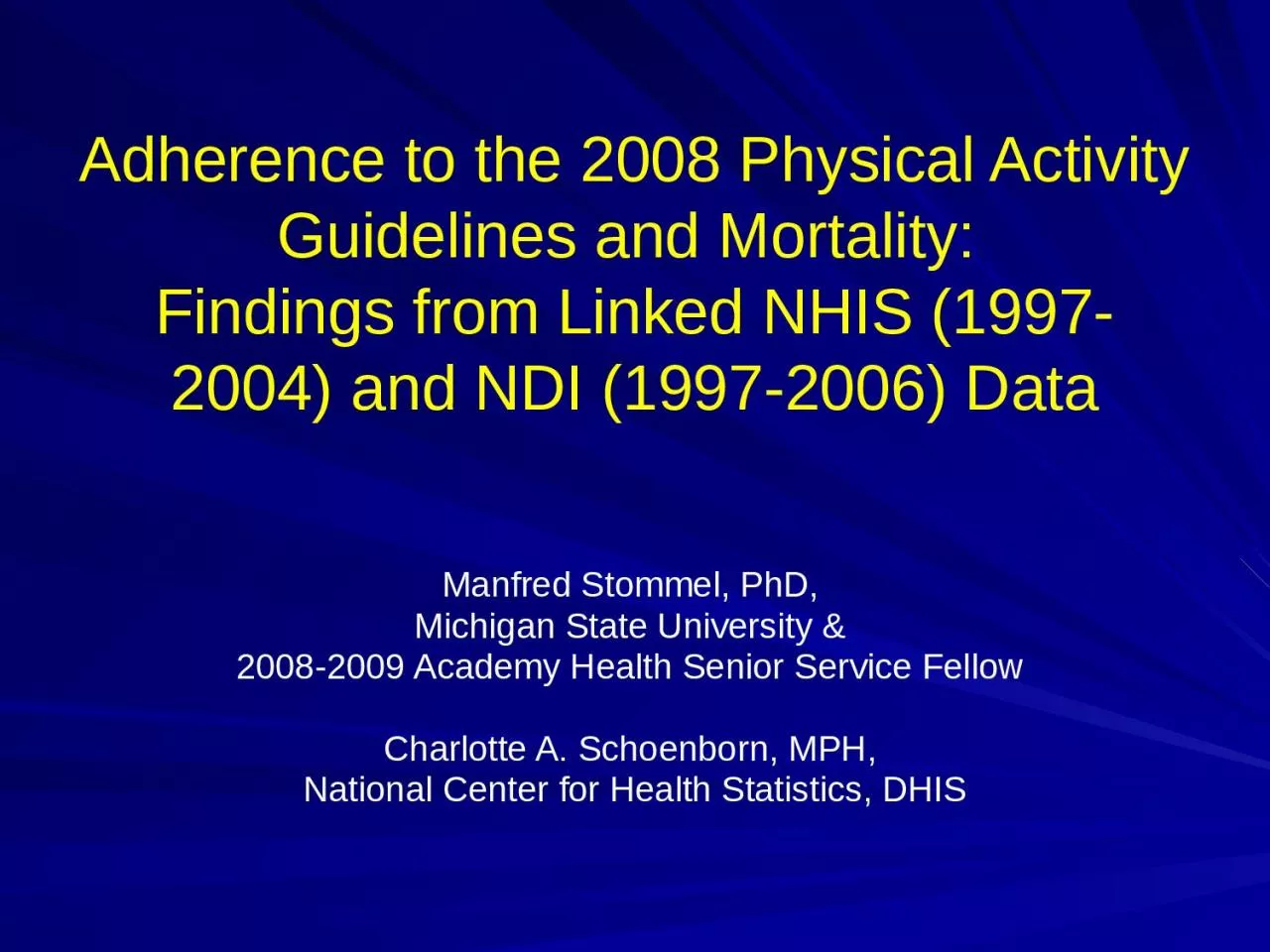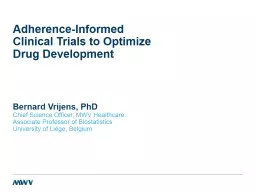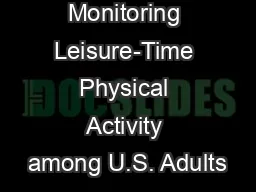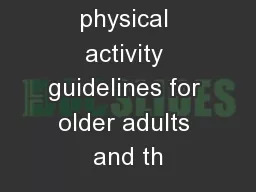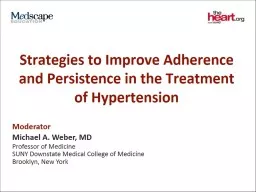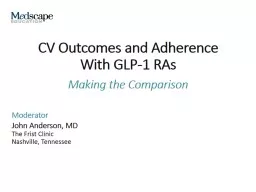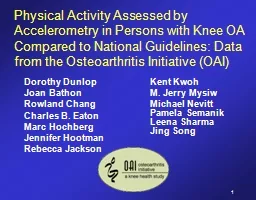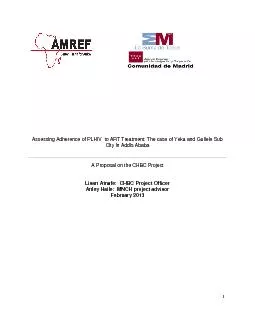PPT-Adherence to the 2008 Physical Activity Guidelines and Mortality:
Author : dora | Published Date : 2022-07-01
Findings from Linked NHIS 19972004 and NDI 19972006 Data Manfred Stommel PhD Michigan State University amp 20082009 Academy Health Senior Service Fellow Charlotte
Presentation Embed Code
Download Presentation
Download Presentation The PPT/PDF document "Adherence to the 2008 Physical Activity ..." is the property of its rightful owner. Permission is granted to download and print the materials on this website for personal, non-commercial use only, and to display it on your personal computer provided you do not modify the materials and that you retain all copyright notices contained in the materials. By downloading content from our website, you accept the terms of this agreement.
Adherence to the 2008 Physical Activity Guidelines and Mortality:: Transcript
Download Rules Of Document
"Adherence to the 2008 Physical Activity Guidelines and Mortality:"The content belongs to its owner. You may download and print it for personal use, without modification, and keep all copyright notices. By downloading, you agree to these terms.
Related Documents

